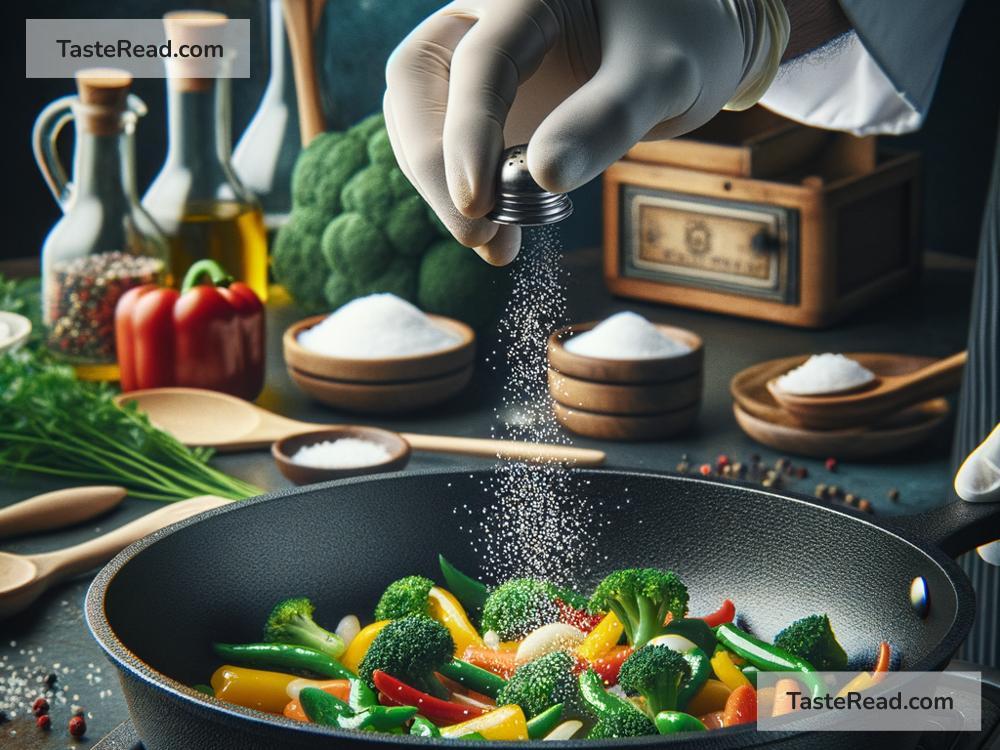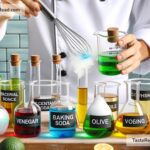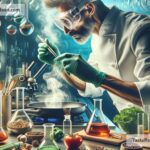The Science of Cooking with Chemical Boldness: Techniques and Tips
Cooking is more than just an art—it’s a science. Every time you fry an egg, bake a cake, or simmer a soup, you’re conducting a series of chemical experiments. The kitchen is essentially a mini laboratory, where ingredients undergo fascinating transformations with heat, pressure, and chemical reactions. Today, we’re diving into the science of cooking and exploring how understanding chemical principles can make your food more delicious, your techniques smarter, and your confidence bolder.
The Chemistry of Cooking: A Quick Overview
Food is made up of compounds like proteins, fats, carbohydrates, and water. When we cook, we’re manipulating these molecules to achieve texture, flavor, and appearance. Let’s unpack the chemistry behind cooking step-by-step:
-
Proteins: Found in meat, eggs, and dairy, proteins change when heated—a process called denaturation. Breaking down proteins properly can lead to tender meats or fluffy scrambled eggs.
-
Carbohydrates: These are sugars and starches. They caramelize and gelatinize during cooking, giving baked goods their golden crust and creamy sauces their thickness.
-
Fats: Fats add flavor and richness. They heat up quickly and help with the Maillard reaction (more on this later), which creates mouthwatering browning in foods like steak and bread.
-
Water: Water plays a crucial role in cooking, whether it’s boiling pasta or steaming vegetables. Knowing how to manage water can affect flavor intensity and texture dramatically.
Bold Techniques in Cooking: Where Science Meets Creativity
The world of cooking offers endless possibilities when you look at it through the lens of science. Here are some bold, science-backed techniques you can use in your kitchen to up your cooking game.
1. Master the Maillard Reaction
The Maillard reaction is magic in cooking. It’s a chemical reaction between amino acids (from proteins) and sugars (from carbohydrates) that happens when food is heated. This process creates rich, savory flavors and golden-brown coloring.
- Tip: To get the perfect sear on meat or the crispiest crust on bread, don’t overcrowd your pan or baking sheet. Allow high heat and dry surfaces to amplify the Maillard reaction.
2. Embrace Acid for Balance
Acids like vinegar, lemon juice, or buttermilk play a big role in cooking. They can tenderize meat, brighten flavors, and even affect the chemical structure of baked goods. For example, when making biscuits or pancakes, acidic ingredients react with baking soda to create bubbles that make them fluffy.
- Tip: Add a splash of vinegar or citrus to soups or sauces to perk up dull flavors, or soak tougher cuts of meat in a marinade with an acid to make them tender and juicy.
3. Experiment with Emulsions
Ever wondered how mayonnaise is made or why salad dressing sometimes separates? Emulsions happen when fats and water come together in harmony. Oil and water don’t naturally mix, but adding an emulsifier (like egg yolk or mustard) and vigorous stirring can bind them together.
- Tip: For creamy salad dressings, beat your ingredients well until smooth, and use stabilizers like a dollop of mayonnaise or mustard to keep everything from separating.
4. Control Caramelization
Caramelization occurs when sugars break down under heat, turning deep brown and adding sweetness and complexity to foods. This process is responsible for the golden crust on roasted veggies or the deep color of caramel sauce.
- Tip: Don’t rush caramelization. Use medium heat and patience, stirring often. Adding a pinch of salt can also bring out the complexity of caramel flavors.
5. Play with Gelatinization
Gelatinization happens when starches absorb water and swell, creating thick, creamy textures. It’s essential for dishes like risotto, sauces, and desserts such as pudding.
- Tip: Gradually add liquid when thickening dishes to control gelatinization. Avoid overheating to prevent breakdown of starches, which can lead to clumping.
6. Leverage Sous Vide Cooking
Sous vide (French for “under vacuum”) is a bold scientific technique that cooks food slowly at precise temperatures using water baths. By controlling the heat perfectly, sous vide ensures consistent doneness and tenderness.
- Tip: Invest in sous vide equipment for stress-free cooking of delicate proteins like salmon or steak. Pair it with a quick sear afterward to get that perfect crust.
7. Freeze for Better Texture
Freezing isn’t just for storing leftovers! It can also improve texture in some foods. For example, frozen meat can have tighter fibers and produce a better sear, and frozen fruit makes smoothies thicker and creamier.
- Tip: When making pie crusts, freeze your butter before mixing it into flour—it prevents the butter from melting too quickly and creates that flaky texture everyone loves.
Applying Science with Confidence
Whether you’re boiling, baking, or frying, knowing the science behind cooking can help you make informed decisions in the kitchen. Here are some final tips to help you embrace chemical boldness:
- Experiment: Try new techniques and ingredients to see how different reactions affect flavor and texture.
- Observe: Pay attention while cooking! Notice how heat changes solids, liquids, and textures—these clues reveal the science at work.
- Trust the Process: Scientific methods are tried and true. Don’t be afraid to follow recipes closely, but also adapt them as you learn what works for you.
Conclusion: More Chemistry, Better Cooking
Cooking with chemical boldness isn’t just about impressing your dinner guests—it’s about understanding your food and unlocking its full potential. From the Maillard reaction to emulsions and gelatinization, every scientific process adds something special to your dishes. So, the next time you fire up your stove or preheat your oven, think of yourself as part chef, part scientist. With the power of chemistry on your side, the possibilities for deliciousness are endless.


